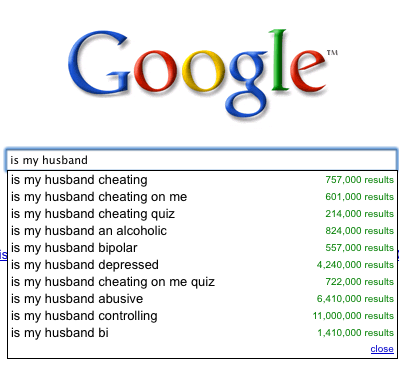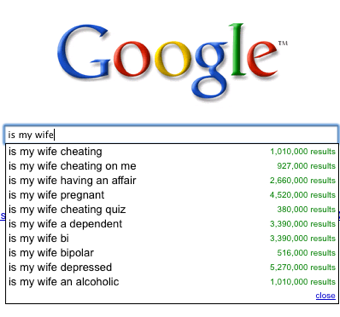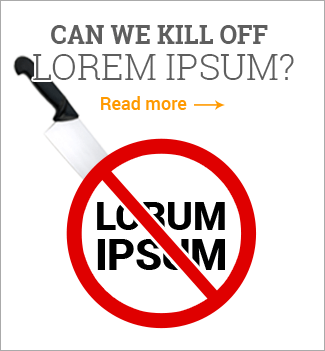The colours you choose to represent your business say a lot about you, suggests Juliette Schmerler of SPECTRAMEDIA Strategic Design Solutions.
“Politicians, fashion designers and brand managers pay serious attention to colour trends and colour psychology,” she said.
And so should you. After all, she explained, colour can play a large part in how your audience reacts to you. But be aware choice of colour isn’t just about personal preference.
“There are some colours that are rather obviously associated with particular industries, such as blue for water companies and green for environmental agencies,” noted Schmerler. “However, the choice of warm versus cool colours can also play a part in our perceptions.”
As an example, the Vancouver website and graphics designer explained owners of a bed and breakfast could opt for the coziness of browns, burgundies and mustard yellow in their marketing materials. In contrast, they might want to create an ultra-modern, sleek look with silver, teal blue and crisp white — all very cool colours.
“It is also important to find colours that reflect your company image while differentiating you from your competition,” she stated, making reference to major banks. “Chances are most of us could quite easily tell you which colour each one is associated with: CIBC, red; Royal Bank, blue; TD, green.
“It’s no coincidence that they have chosen very distinct colours to differentiate themselves,” she said. “Ultimately, your choice of colour will be influenced by your company’s goals, philosophy and the image you want to portray.”
So her number one rule when it comes to colours in design? Do not use colour without a specific plan or goal.
Colour Symbolism and Psychology
Assorted sources suggest these interpretations of colour:
- RED: urgency, passion, heat, love, blood
- PURPLE: wealth, royalty, sophistication, intelligence
- BLUE: truth, dignity, power, coolness, melancholy, heaviness
- BLACK: death, rebellion, strength, evil
- WHITE: purity, cleanliness, lightness, emptiness
- YELLOW: warmth, cowardice, brightness
- GREEN: nature, health, cheerfulness, environment, money, vegetation








